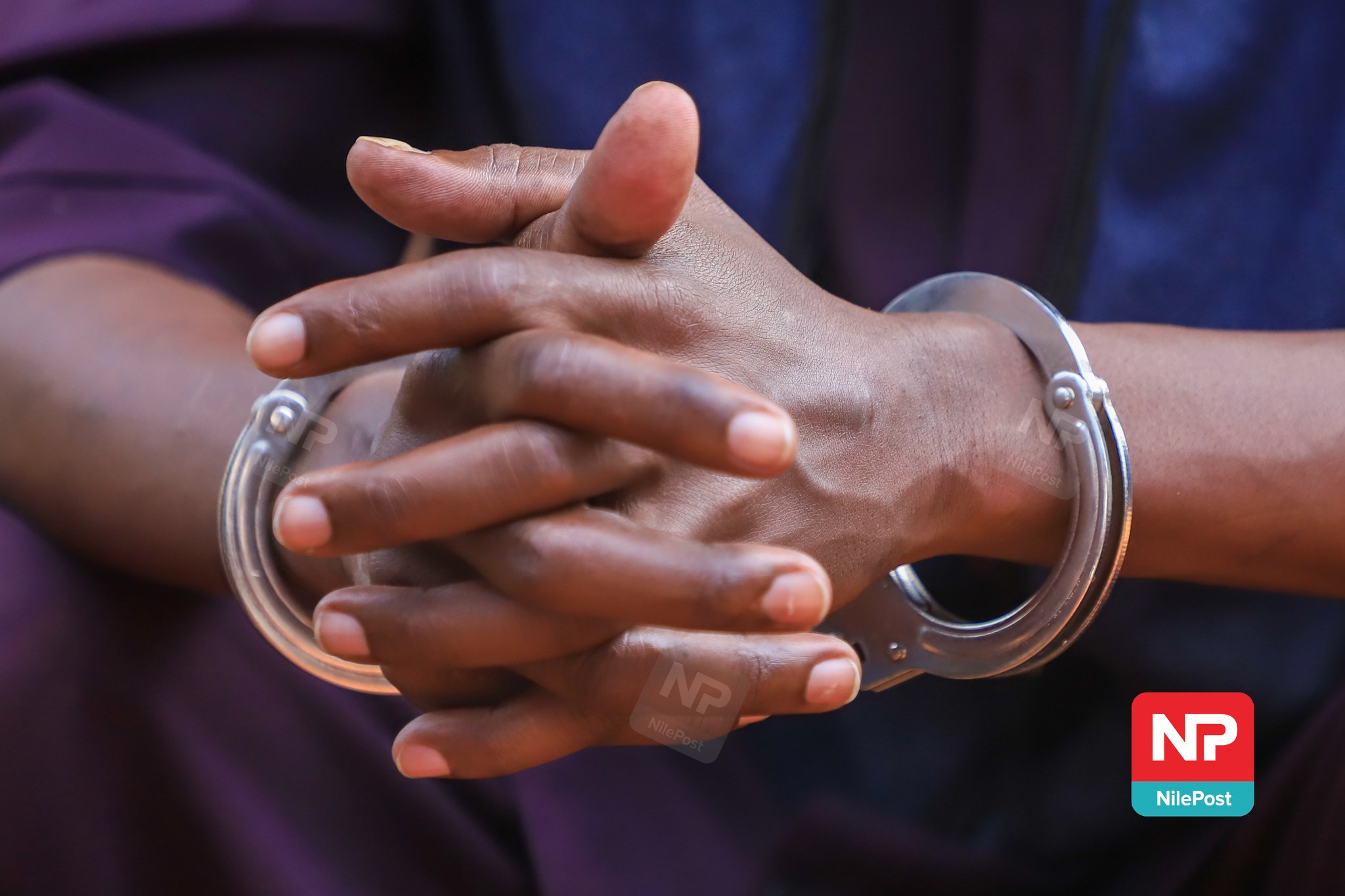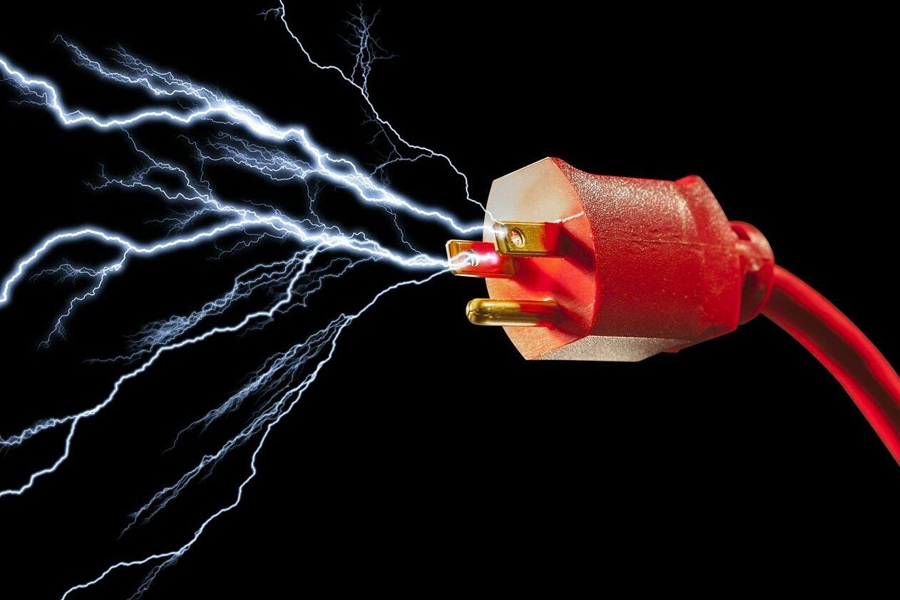Tips: How to stay alive during the rainy season
Police have issued safety tips to residents in flood-affected areas as the rainy season begins.
This follows the flood tragedy on Sunday in which 23 people lost their lives in Mbale district, eastern Uganda.
According to the latest general forecast by Uganda National Meteorological Authority, this month there is likely to experience near normal rainfall with a tendency to above abnormal conditions over the northern and eastern regions including Lake Victoria basin.
In western and central Uganda, the authority said that are most likely to experience near normal rainfall with tendency below normal while the rest of the country has a high likelihood of experiencing near normal rainfall conditions.
“As you are all aware, residents in Mbale were greatly affected by flash floods which originated from Mt. Elgon and Wanale Hill in Mbale. The flash floods coupled with mudslides, caused extensive damage to food and cash crops, permanent and semi-permanent houses were broken, while others were submerged. In addition, 22 lives were lost and 10 others critically injured,” said police spokesperson Fred Enanga in a statement.
He however explained to the public about flood risks and advised them including motorists on how to protect themselves wherever they experience above normal rainfall conditions.
Tips
People living in low-lying areas or next to river and streams must evacuate to safer places or higher grounds when the water levels rise. They should also take special care during storms, as sudden floods can easily affect them.
There is a danger of flowing water over roads and low water bridges. A driver needs to be careful because, flowing water applies pressure to contact areas. The higher the speed, the higher the pressure, and can sweep the car away. When in a car, the force increases rapidly on the under side of the vehicle and starts to lift it up and float. It is therefore, advisable to open the doors and windows and let water inside the car, other than being swept away.
Many drivers gamble with their safety by driving through flood water which puts the lives of drivers and their passengers at risk. As a driver, be aware of your car limitations. If you become submerged, do not panic. Carefully release your safety belt and roll down the window, then get out of the car and swim to safety. Do not stay in the car until it sinks.
Danger of standing water. Although standing water does not exert pressure, it can lift a person or vehicle and float it. The car becomes impossible to move it forward. When vehicles are moving fast over a layer of water, the vehicle can start to aquaplane, especially of the tyres are warn out. It is easier to lose control.
Pans and mashes. This is treacherous as it may appear solid, but may only have a thin dry crust. The vehicle or person may disappear before your eyes in a marsh. The more you struggle the faster it will sink.
Floods and debris. When rivers are overflowing their banks, the flow of water will cause light objects, trees, to float. This could block the flow of water at obstructions and channels the water and cause rapids to form. Avoid these rapids.
Destruction of surfaces and structures. The might of the water is very destructive, walls may fall over and road surfaces may be curved away. Stay away from strong currents.
Low water bridges. Many low water bridges are designed without rails and will collect excessive amounts of debris. If you cannot see the small pillars do not attempt to cross the bridge.
Lack of visibility through muddy water. Due to the mud and debris in the flooding water it becomes impossible to see the condition of the bottom of the surface.
Protecting yourself and saving your phone. Avoid flooded areas at night because the chances of survival are slim. When your body is exposed to cold temperature, it shocks your system. Treat yourself for shock by staying calm, relaxed and start to warm up the body gradually.
Your cell phone can be the biggest help. Wrap it in a plastic bag and ensure it does not get wet.
For those who cannot swim and trapped. Try to always face upstream and make yourself as light as possible by removing extra clothes and shoes. Stay away from white foaming aerated water, it will sink deeper into the water.













